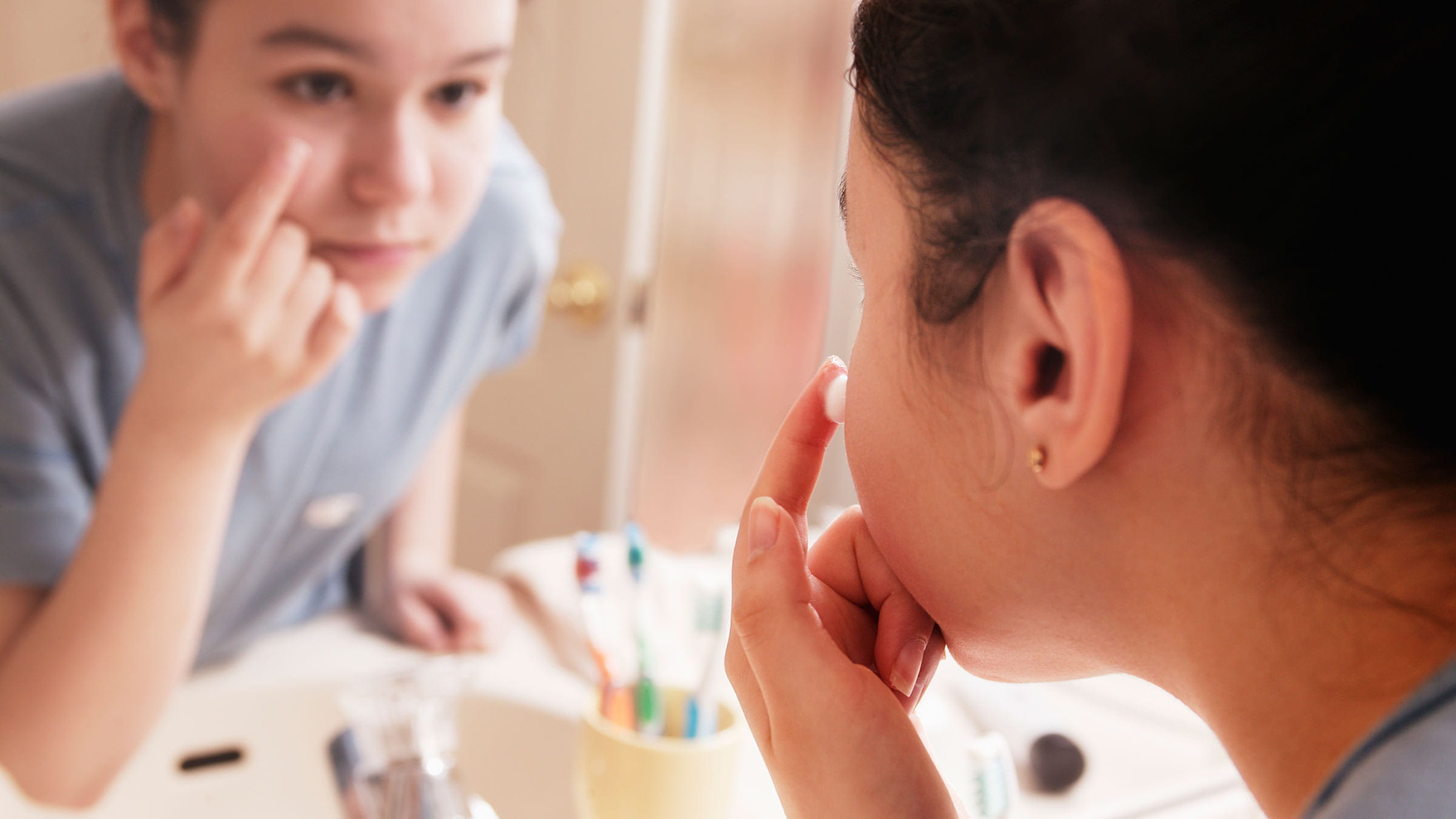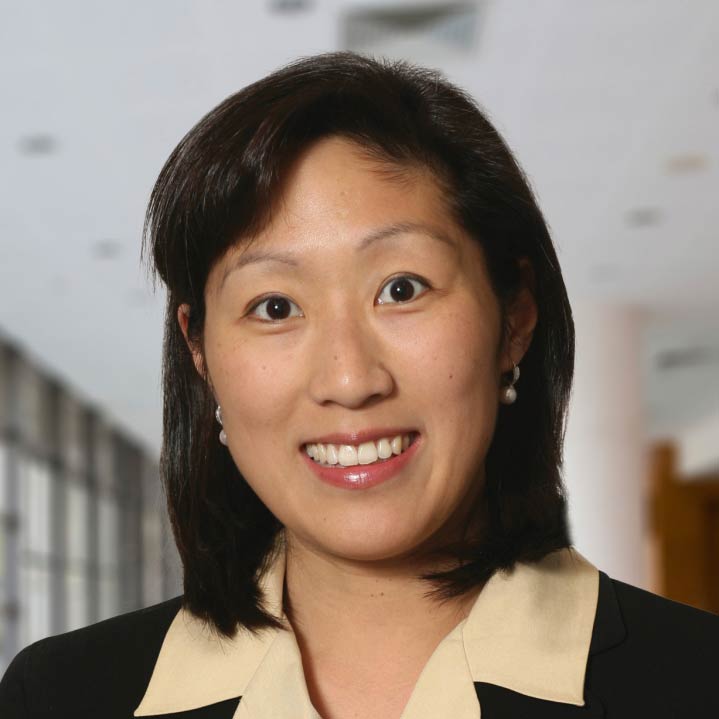
Ever struggle with what looks like facial acne that just doesn’t seem to respond to your typical acne treatments? You may have a condition called pityrosporum folliculitis, known commonly as fungal acne.
What is fungal acne?
This condition is routinely mistaken for acne, but it’s actually related to a yeast called Malessezia furfur that’s found naturally on the skin. Fungal acne can occur simultaneously with acne, can be mistaken for acne or can flare as a result of acne treatment. Because it’s related to a yeast overgrowth in the hair follicles, it won’t respond to normal acne treatment and requires a different treatment approach.
Sebaceous glands within your skin produce an oil called “sebum.” These glands can overproduce oil, and your pores and hair follicles can become clogged with oil as well as bacteria and yeast that are naturally found on your skin. Bacteria can lead to the traditional acne blemishes, but the yeast can cause an inflammation of the hair follicles, or “folliculitis.” It’s not contagious, infectious or an indicator of poor skin hygiene.
What causes fungal acne?
Yeast grow in warm, moist environments. Fungal acne tends to flare in the summer months with heat, humidity and perspiration. It can also arise after treatment with medications such as antibiotics and steroids/prednisone, and in conjunction with other systemic diseases like diabetes. Many acne treatments are antibacterial, thus eliminating the normal skin bacteria and creating a perfect environment for yeast to proliferate and fungal acne to flare.
What does fungal acne look like?
These breakouts tend to be small, uniform red bumps arising from the hair follicles, often in symmetric rows on the forehead, scattered on cheeks and, occasionally, on the upper back and upper chest. Fungal acne differs from traditional acne in that you won’t see the blackheads, pustules or deeper, painful nodules and cysts.
How do I know if I have fungal acne?
The most common symptom that you’ll notice is itchiness of the bumps. Fungal acne is itchy but never painful, as typical acne can be when a blemish becomes inflamed. Fungal acne can be persistent, worsen with sweating, and flare in hot and humid temperatures. Your dermatologist will be able to diagnose this condition by its appearance, clinical symptoms and the lack of improvement with traditional acne medications. Skin scraping for yeast can be performed to confirm the diagnosis, if needed.
How is fungal acne treated?
Remember, because this condition is caused by the yeast Malessezia furfur, it won’t respond to the traditional antibacterial and anti-inflammatory acne treatments.
Pityrosporum folliculitis/fungal acne won’t clear up on its own, and it can get more intensely itchy without treatment and worsen as more areas are involved. If it's not bothering you, you don't have to treat it, but it can also be recurrent — you can treat and have it clear up, only for it to recur. There is no clear timeframe for recurrent flares.
Anti-yeast and antifungal treatments are needed. For mild disease, you can start by using a topical antifungal cream or lotion, applied daily to the affected areas. Dandruff shampoo can be used as a body wash and topical antifungals can be applied to areas on the trunk. If you use the shampoo on your face, be sure to rinse off thoroughly and in a timely fashion.
For a more prolonged or significant outbreak, your dermatologist may prescribe an oral antifungal medication. Maintenance treatment may be needed as well because this condition can recur, especially when the environment is right for the yeast to proliferate.
If you’re struggling with facial breakouts that aren’t improving or responding to over-the-counter treatments, see a board-certified dermatologist to help find the best treatment and tailor a skin care regimen that’s right for you.

Worried about your skin?
Ohio State's dermatology team provides comprehensive care backed by one of the nation's leading academic health centers.
Expert care starts here




